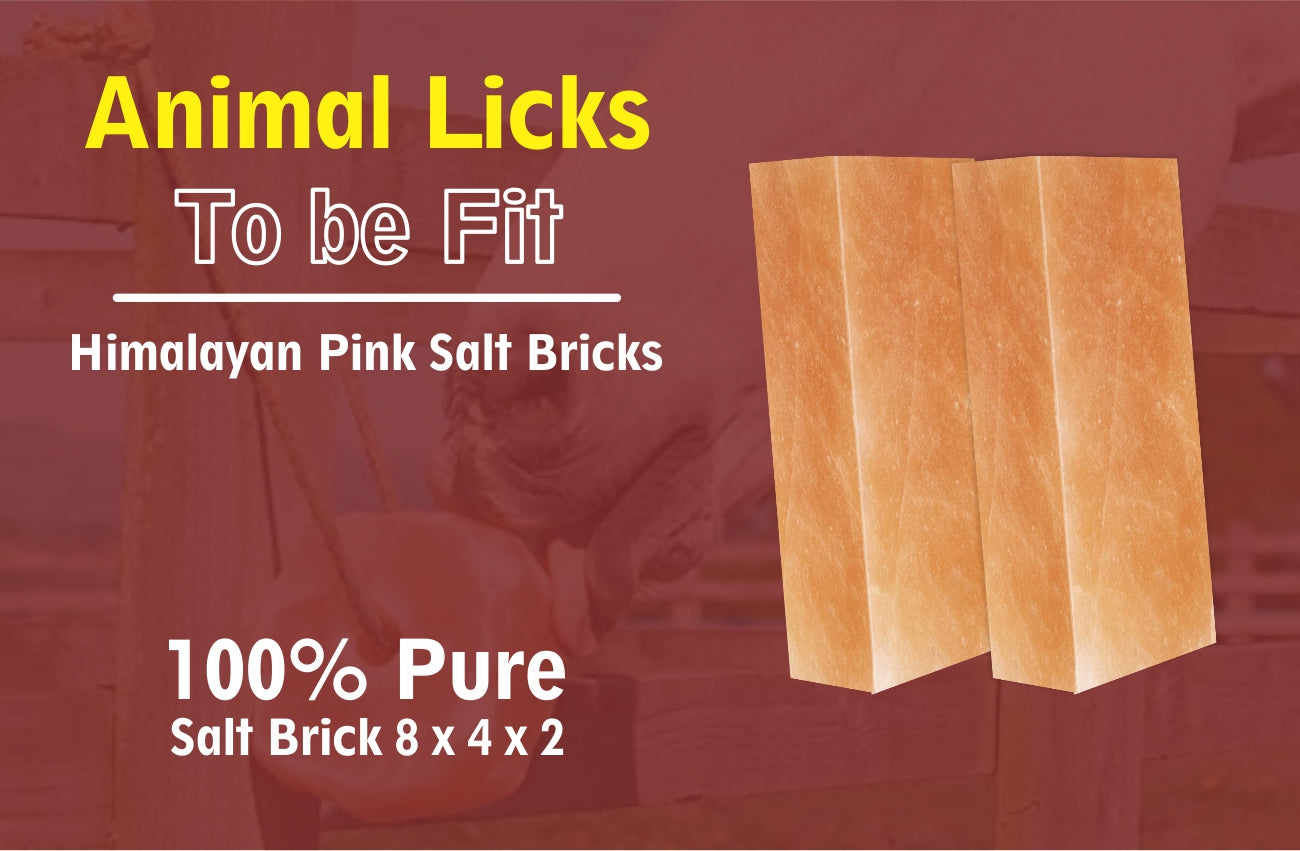(636) 642-4787
(636) 642-4787

Salt bricks are solid blocks of salt that people can place in pastures or stalls for horses to lick throughout the day as needed. Salt bricks come in different sizes. People can leave out big salt bricks in the field for multiple horses to access. They can also mount smaller ones on the wall of a stall. Salt bricks also come in different colors, such as white and reddish brown.

The well-being and optimal health of horses are paramount concerns for owners and enthusiasts. In the pursuit of enhancing equine care, various practices and products have emerged. One such practice that has attracted attention is the use of salt bricks for horses. Advocates claim that salt bricks offer numerous benefits which include replenishing essential minerals to promoting hydration. Horses do not just need grass for their development. They need salt and other minerals to stay healthy and active.
Salt, composed of sodium and chloride ions, plays a vital role in maintaining a horse's health and well-being. Horses require salt as a crucial electrolyte and essential nutrient. They require a daily intake of sodium to support essential bodily functions such as nerve transmission, muscle contractions, and fluid balance. Insufficient sodium levels can result in electrolyte imbalances, muscle cramping, and reduced performance. Ingesting salt plays a significant role in keeping horses hydrated, particularly in hot weather. It helps with various bodily functions, including the brain and digestive tract, as well as sweat production. When horses consume salt or lick a Himalayan salt brick, it stimulates their thirst and encourages increased water intake. Additionally, salt bricks can supplement any missing minerals in their diet.

Horses generally acquire the necessary sodium from their diet; primarily through forage, concentrates, and mineral supplements. While salt intake is crucial, it is essential to consider the most appropriate methods of providing it to horses.
Salt supplementation is an important aspect of equine nutrition, as horses require an adequate intake of sodium for various physiological functions. When choosing a method of salt supplementation for horses, it is important to consider factors such as the horse's individual needs, access to water, climate, and level of activity. Here are some different methods of salt supplementation in horses;
The use of salt bricks, specifically designed for cattle and often made of compressed salt granules, has gained attention in equine circles. Proponents argue that salt bricks can meet a horse's sodium requirements effectively. For many years, horse owners have utilized salt bricks to supplement their horses' sodium intake. Salt licks typically consist of blocks or loose granules made of compressed salt, providing horses with a readily available source of sodium. Salt bricks have been formulated to suit the unique anatomical and behavioral characteristics of horses. Salt bricks offer a convenient and long-lasting source of salt, ensuring horses have access to it throughout the day. Salt bricks can be placed in pastures or stalls, allowing horses to freely access and consume salt as needed. They provide a convenient and natural way for horses to regulate their salt intake. Horses are known to have a smoother tongue compared to cattle or other livestock animals. They also have a less efficient licking mechanism, which means they may require different methods of salt supplementation.
Salt bricks for horses have both pros and cons:
To ensure optimal use and safety of salt bricks for horses, keep the following points in mind:
Salt bricks, solid blocks of salt placed in pastures or stalls for horses to lick, offer numerous benefits. They provide a convenient and long-lasting source of salt, stimulate thirst and hydration, and supplement essential minerals. However, due to the unique anatomical and behavioral characteristics of horses, they may struggle to effectively consume an adequate amount of salt by licking bricks. Additionally, salt bricks can be contaminated when exposed to the environment, posing a risk of introducing harmful substances or pathogens to horses. Some horses may show little interest in licking salt bricks and prefer alternative methods of salt supplementation. Inadequate consumption of salt from bricks can lead to salt deficiency. Moreover, when using salt bricks, it's important to monitor salt intake, consider other methods of supplementation, and ensure proper hygiene to avoid contamination. A well-balanced diet, including the necessary minerals, is crucial for maintaining the health, performance, and happiness of the equine companions.
{"one"=>"Select 2 or 3 items to compare", "other"=>"{{ count }} of 3 items selected"}
Leave a comment